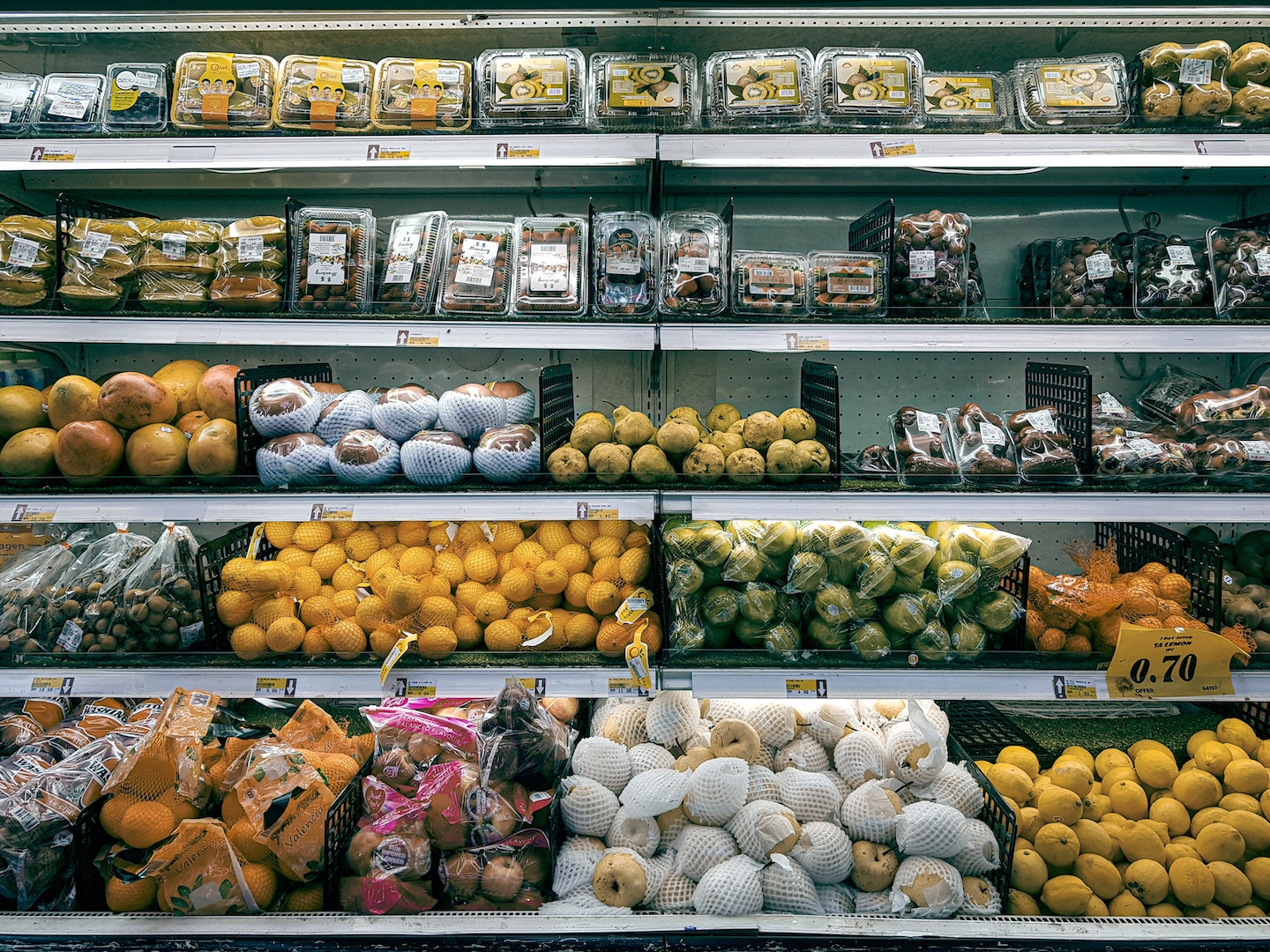Did you know that the food wasted in the world could feed the 800 million people who are starving worldwide TWICE?
In 2016, the Food and Agriculture Organization of the UN (FAO) presented some data and we could see that some food categories were wasted more than others.
Let’s take a look at the top 5 categories that are most wasted:
1. Potatoes and other root vegetables
2. Fruits and vegetables
3. Seafood
4. Bread and rice
5. Lentils and peas
To address this moral issue of food waste, we have decided to present some food hacks and ways to use them that you can use to keep it longer and get more out of these ingredients.
1. Potatoes, beets, radish, and carrots:
Root vegetables should be stored in wire mesh or natural fiber baskets at room temperature. Store potatoes in ventilated baskets or metal bins, or even a sturdy cardboard box holes poked in the sides. Make sure the container is covered with newspaper or cardboard so no light can penetrate. If they are close to expiry date; spice them up and roast them! Mashed potatoes are popular if you put enough butter in the mash (;D)
2. Fruits and vegetables:
- Do not store fruits and vegetables together: Fruits that give off high levels of ethylene (the ripening agent) can prematurely ripen and spoil surrounding vegetables.
- For vegetables: Before storing, remove ties and rubber bands and trim any leafy ends. Leave an inch to keep the vegetable from drying out. The bag you store the veggies in should have some holes punctured for good airflow. Pack vegetables loosely in the refrigerator. The closer they are, the quicker they will rot.
- For fruits: Non-cherry stone fruits, avocados, tomatoes, mangoes, melons, apples, and pears will continue to ripen on a countertop, while items like bell peppers, grapes, all citrus, and berries should be refrigerated. Bananas ripen very quickly and will speed the ripening next to other fruits.
Fruit can be cut up and frozen (this way they will last longer) and you can make smoothies of them whenever you need them. Pickled vegetables last longer and are very delicious.
3. Seafood:
- The fish should be almost odorless, at most have a hint of the sea or iodine. The older a fish, the fishier it smells.
- A shiny, firm and elastic surface appearance is a sign of freshness.
- Press down firmly on the skin with your index finger. Fresh fish is firm and springs back to shape as soon as you remove your finger, leaving no indent. Flatfish species should not flop when picked up.
- Fish should be stored in ice and not on the ice so that it is evenly cooled.
Storing the fish and seafood at the right temperature is half the battle, and most of the seafood is defrosted best slowly in a refrigerator. If the fish is cooked and then you want to reheat it slowly and add ingredients as you do it. Tacos, paella, tostadas, and pasta are all recipes that go well with fish. Is that water running in your mouth yet? 🙂
4. Bread and rice:
The best way to store bread is in plastic and on the counter. Some people think that putting it in the fridge will make it stay crisp longer, but that is the opposite – it helps the process along. Freeze the bread if you need to store it for longer and take it out for 1 hour or so before you eat and it will be as if you just bought it (I said as if). If the bread becomes stale and about to go bad, then you can either make croutons, toast it, or make some delicious melted cheese sandwiches.
As for rice it is properly stored if it is at a cooled and dry place and the less humidity the better. Cooked rice should be cooled down quickly and then store it in an airtight container in the fridge. It can be stored in the fridge for 3-5 days but longer than this then it should be stored in the freezer. Frozen rice can be stored for months and the best way to use leftover rice is to fry it with whatever you desire.
5. Lentils and peas:
Lentils and peas should be stored in a dry and cool place and can be stored indefinitely if not cooked. After it has been cooked it should have the same storing conditions as rice. It can be in the fridge for 3-5 days and many months in the freezer.
Lentils and peas leftovers are very easy to use and you just have to use your imagination. Wraps, soups, fritters, and veggie burgers. There are plenty of recipes out there and you’ll just have to find one that matches your taste buds.


